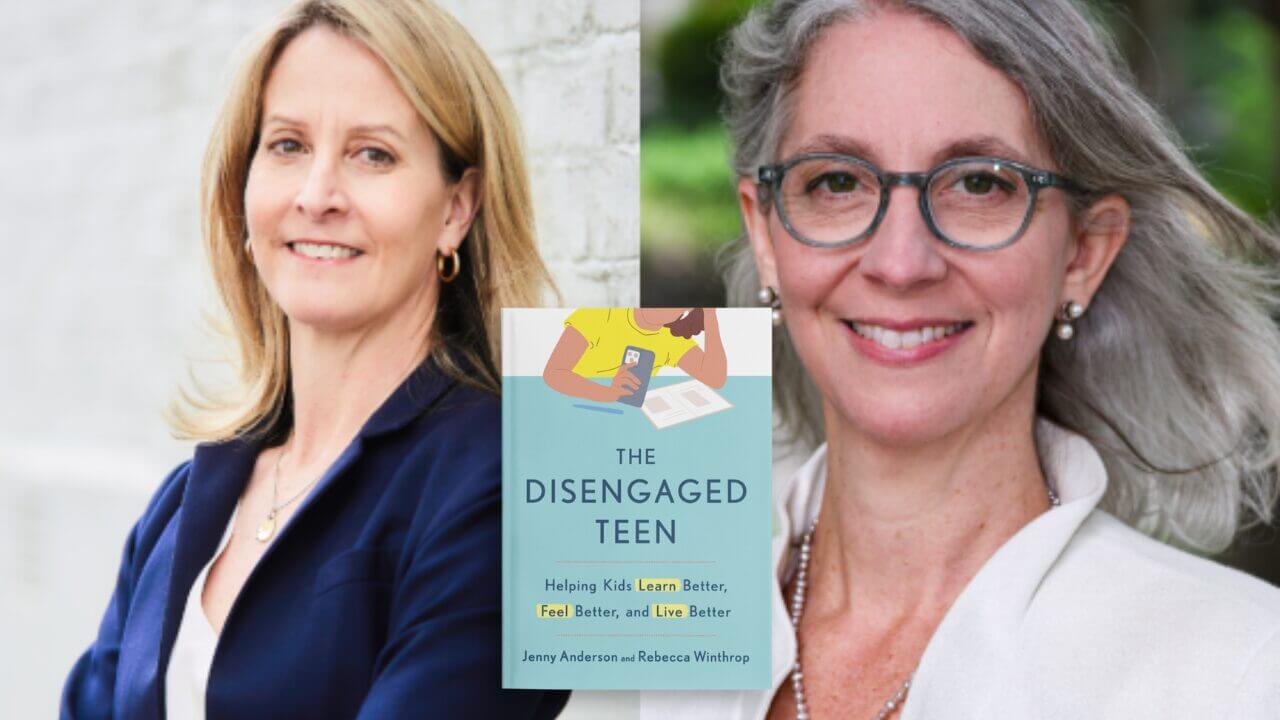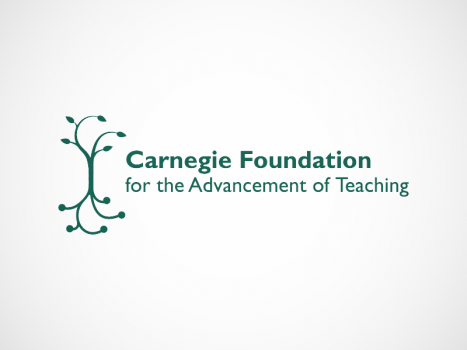As the Carnegie Foundation explores new tools and processes for Research & Development leading to real improvement in education, the 90-Day Cycle has emerged as an invaluable method for rapidly developing innovative approaches to support practice improvement.
The timeframe of 90 days—dramatically shorter than most traditional scholarly research pursuits—allows this method to be agile in responding to a variety of pressing needs that emerge on the front lines of improvement work in our schools and colleges. Generally, 90-Day Cycles are a disciplined and structured form of inquiry designed to produce and test knowledge syntheses or prototyped processes or products in support of improvement work.
The 90-Day Cycle Handbook, now available for download on The Carnegie Foundation website, serves as a comprehensive guide to the purpose and methods of this disciplined and structured form of inquiry. This handbook is an introductory document that delineates the purpose and process for this method. It is sprinkled with helpful tips and illustrative examples from previous successful cycles.
The 90-Day Cycle has emerged as an invaluable method for rapidly developing innovative approaches to support practice improvement.
90-Day Cycles are intended to support improvement efforts by contributing to the re-conceptualization of problems and the conditions that create them; prototyping possible processes, tools, or specific practices to address these problems; and testing them to gauge their potential efficacy. They serve as a device to advance ongoing improvement work and to build the organization’s capacity and knowledge going forward. Recent Carnegie white papers, such as Strategies for Enhancing the Impact of Post-observation Feedback for Teachers, and A Human Capital Framework for a Stronger Teacher Workforce, were initially conceptualized using the 90-Day Cycle method. This method also supported the creation of the Carnegie Cost Calculator: A Tool for Exploring the Cost of Educator Evaluation Systems.
There are several defining features of 90-Day Cycles, all of which are described in detail in the handbook. All 90-Day Cycles:
• aim to prototype an innovation, broadly defined to include knowledge frameworks, tools, processes, etc.;
• leverage and integrate knowledge from scholars and practitioners;
• leverage knowledge of those within and outside of the field associated with the topic;
• include initial “testing” of a product by at least one of several means;
• consist of three phases: (1) scan, (2) focus, and (3) summarize;
• begin and conclude within a span of 90 days and run concurrently with other 90-Day Cycles organized into four waves during the year, to deliver knowledge needed by the improvement process in a timely fashion;
• are led by a team lead and supported by other team members and experts.
We are deeply indebted to the Institute for Healthcare Improvement, which adapted the process from Proctor and Gamble and has pioneered the use of 90-Day Cycles as a model of rapid inquiry in the healthcare field. IHI has supported our learning and use of these methods in our efforts of bring a science of improvement into the field of education.
September 25, 2013
The Carnegie Foundation has developed the Carnegie Cost Calculator to help district leaders and members of the broader K-12 community understand and estimate time and financial resources involved in evaluation.
December 3, 2013
Teacher evaluation has evolved markedly over the past four years. Unsurprisingly, consequent proliferation of evaluation systems has also yielded a great deal of variation in terms of system design, structure, and coherence.







